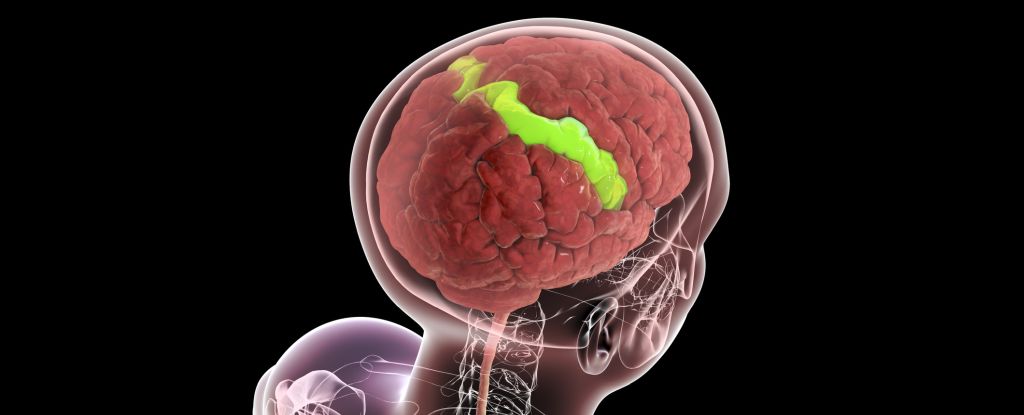
Recent research challenges the conventional belief that brain function inevitably declines with age. A study conducted by a team led by neuroscientists Peng Liu and Juliane Doehler from Otto von Guericke University Magdeburg in Germany indicates that certain regions of the brain, particularly parts of the somatosensory cortex, may actually strengthen as individuals grow older.
The somatosensory cortex is crucial for processing sensory information. Findings suggest that while some areas of the brain do experience thinning with age, specific layers within the somatosensory cortex show growth. This discovery highlights the brain’s remarkable ability to adapt and develop resilience over time, contradicting the notion that neuroplasticity diminishes in later life.
Esther Kühn, a neuroscientist at the German Center for Neurodegenerative Diseases and the Hertie Institute for Clinical Brain Research, commented on the research, stating, “Although the cerebral cortex becomes thinner overall, some of its layers remain stable or, surprisingly, are even thicker with age.” This suggests that the brain retains its functionality in certain areas through active engagement.
Examining the Somatosensory Cortex
The researchers utilized high-resolution MRI scans to study the cerebral cortex of 61 adults aged between 21 and 80. Their focus was on the primary somatosensory cortex, which is structured like a layered stack of delicate tissue. The analysis revealed that while some layers become thinner with age, the middle and upper layers are surprisingly thicker in older adults compared to their younger counterparts.
Kühn elaborated on the implications of these findings: “The middle layer is effectively the gateway for haptic stimuli. In the layers above, further processing occurs.” This is particularly significant for our sense of touch, as these upper layers are involved in the interaction between fingers, which plays a crucial role in tasks such as grasping objects.
Conversely, the lower layers of the cortex, responsible for modulating sensory signals, were found to be thinner in older individuals. These layers typically amplify or suppress tactile signals based on context, such as the way one becomes less aware of clothing unless consciously focused on it.
The Role of Neuroplasticity in Aging
The researchers propose that the variance in thickness among the different layers may be influenced by the principle of “use it or lose it.” As Kühn explained, “The middle and upper layers of the cortex are most directly exposed to external stimuli. They are permanently active because we have constant contact with our environment.” This continual engagement appears to preserve the functionality of these layers, showcasing a form of neuroplasticity even in older adults.
Interestingly, although the lower layers shrink, they may undergo compensatory changes. The study indicated an increase in myelin content within these layers, which may help counteract cellular degeneration. The presence of a certain type of neuron that enhances modulation signals supports this adaptability.
As the research suggests, engaging the brain through various activities may promote healthy aging. “Together, our findings are consistent with the general idea that we can do something good for our brains with appropriate stimulation,” Kühn noted. She expressed optimism that future studies could find methods to enhance these adaptive mechanisms.
Published in Nature Neuroscience, this research contributes significant insights into how the brain ages, emphasizing that certain regions can maintain or even improve their function with continued use. The findings serve as a reminder of the brain’s capacity for resilience, suggesting that active engagement with our environment can positively influence our cognitive health as we age.






